How To Test A Light Switch With A Multimeter
Has your light stopped working?
Have you changed the lightbulb and run tests on the light socket, but you still haven’t found where the problem is?
If yes, then one other component to make a diagnosis on is your light switch.
This could be the culprit. Sadly, not a lot of people know how to go about this straightforward process.
In this guide we will give you step by step process on how to test a light switch with a multimeter.
Let’s get right in.
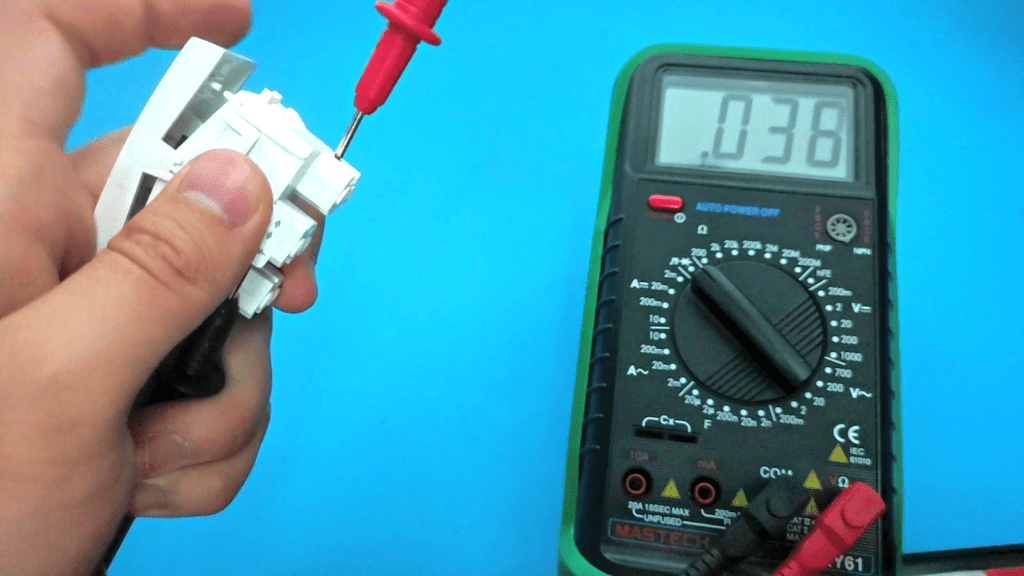
How Does A Light Switch Work?
A switch is an electrical device that interrupts the flow of current within a circuit.
It typically comes as a toggle switch, but also comes in different styles like push buttons and rockers.
When the switch is turned on, the circuit closes and current is allowed to flow to the appropriate electrical device.
When turned off, the circuit is opened and the pathway on which the current travels is cut short.
This is just the basic anatomy of a light switch, and how it ultimately works depends on the type of light switch it is.
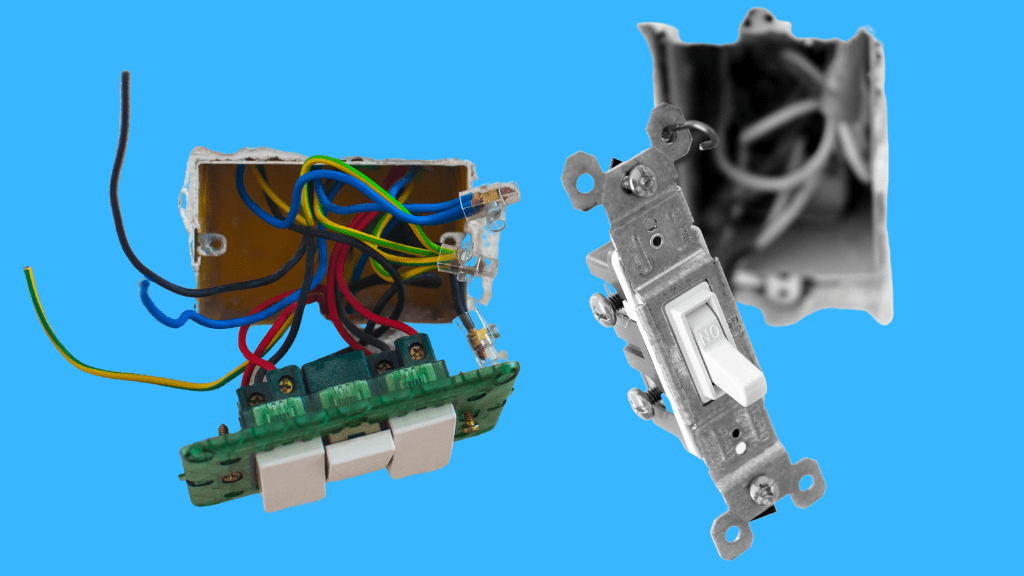
Types Of Light Switch
There are three main types of light switches; single-pole switch, three-way switch, and four-way switch.
The single-pole and three-way light switches are the more common types found in homes.
The four-way switch is more commonly found in large rooms and halls.
A single-pole switch is the most basic switch having clear distinctions between on and off.
A metal gate closes and connects the two wires in it when the switch is flipped on, and vice versa.
The three-way switch is used to control one light fixture from two different locations.
It contains one (usually) black wire holding live current (common single-pole) and two wires going between the two switches (travelers).
A four-way switch is used if you want to control a light fixture from three or more different locations.
The setup is just like a three-way switch, with the addition of more travelers being the only difference.
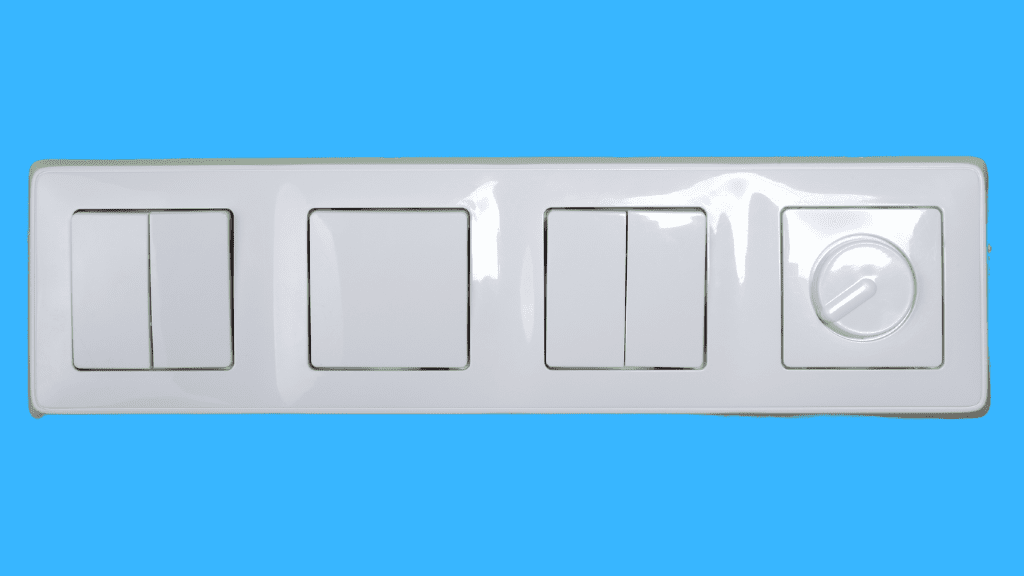
Tools Needed To Test Light Switch
The tools you need to run a diagnosis on a light switch include
- A multimeter,
- Multimeter probes,
- Voltage tester,
- And Screwdriver.
The most crucial instrument for evaluating light switches and other electronic equipment is the multimeter.
How To Test A Light Switch With A Multimeter
- Cut Off Power In Your Home
This is an important preliminary measure to take as you need to remove the light switch from the wall to test it.
To ensure your safety, head to your home’s breaker box and flip the appropriate switches.
If you use a fuse box, simply detach the fuse from the terminals.
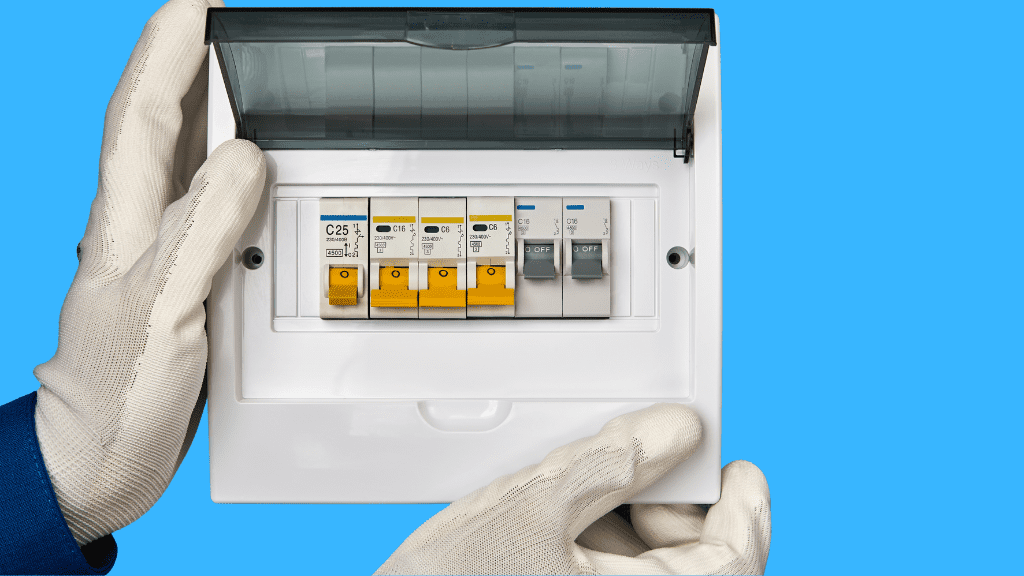
This isn’t all, however. You want to be absolutely sure that there is no power in the light switch before proceeding to take it out.
To do this, simply use a non-contact voltage tester to check for voltage within the wires.
If there’s still voltage, go back to your breaker or fuse box and flip the appropriate switch or remove the right fuse.
- Identify The Light Switch Type
As mentioned before, there are up to three types of light switches. Before detaching the wires, check to see what type of switch you have installed.
This is important because the type of light switch you use determines where you place the multimeter probes for testing.

You also note down where each wire goes, so you don’t mix them up when reconnecting them.
- Detach The Switch
Now, you disconnect the switch from the wires to free it up.
Simply use a screwdriver to loosen up the screws at the terminals and pull out all the wires.
If the wires were attached through push-fit connections, use a screwdriver to trigger the release tab and free them up.
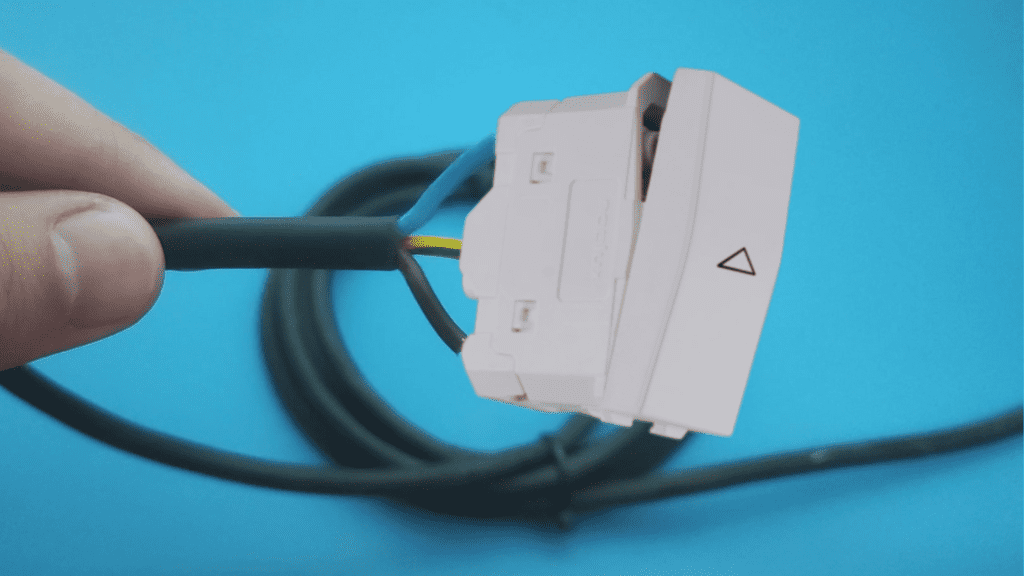
- Set Multimeter To Continuity or Ohms
With a light switch, we intend to carry out a diagnosis on the state of its electrical circuit.
We check whether the circuit has shorted or permanently remains open due to damage.
To check for continuity within the light switch circuit, you set your multimeter to continuity mode.

If your multimeter does not have the continuity mode, make use of the Ohms setting.
This checks the resistance within the circuit and helps to identify whether there is damage within it or not.
- Place Multimeter Probes On Screw Terminals
Remember we talked about how the type of light switch you have determines where you place your multimeter probes.
For a single-pole switch, simply place the multimeter probe into the two screw terminals. It is the simplest to go about.
With a three-way switch, place one multimeter probe on the “common” terminal usually coming in black color.
Place the other multimeter probe on any of the other “traveler” terminals.
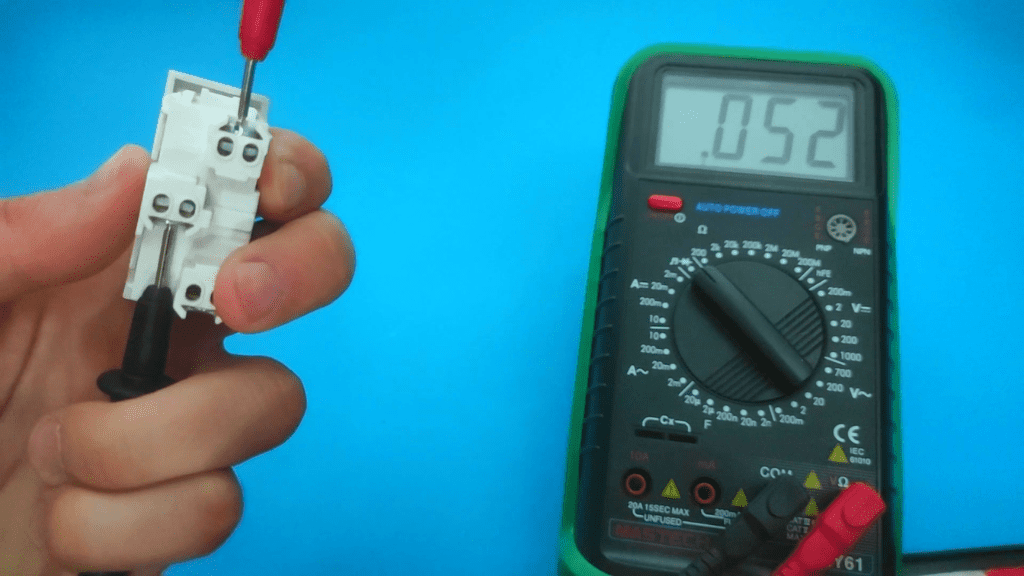
For the four-way switch, place one multimeter probe on one of the dark screw terminals and place the other probe on the lighter terminal on the same side of the switch.
This other terminal may be made of brass.
- Evaluate Results
Now to complete the test, flip the switch on and see what the multimeter presents you with.
If the multimeter beeps or shows a reading of “0” when the flip is switched on, then the light switch is in good condition.
This means the circuit is complete, as expected.
When the flip is switched off, you break the circuit. With a good light switch, the multimeter remains silent or presents you with a “1” reading.
If the light switch is bad, the multimeter remains silent or presents you with a reading of “1” even when the switch has been flipped on.
Change the switch if you experience this.
If these steps are a little confusing, here is a video that guides you through all you need to know on testing a light switch with a multimeter.
- Reconnect Light Switch
If you determine that the light switch is bad, you then need to replace it.
When doing this, it is advisable to get the same type of light switch you removed from the wall.
You get a light switch with the same amperage and voltage ratings.
This makes it easier to reconnect the wires just how you met them and ensures there are no problems in the future.
Tightly screw the wires into the appropriate terminals and screw the switch back into the wall. Test to see that everything is working just fine.
Frequently Asked Questions
How Can You Tell If A Light Switch Is Live?
Use a non-contact voltage tester to check for voltage within the wires. When you place the tester close to the wire, check if the tester illuminates or beeps. This signals that the light switch is live.
How Do You Know If A Light Switch Is Bad?
When a light switch is bad, your lightbulbs may not come on. You may also hear a buzzing, crackling, clicking, or popping sound when you flip the control. A bad switch may also be hot when touched.
What Causes A Light Switch To Stop Working?
A light switch may go bad when there is an overload on its circuit. Physical components may also get damaged due to the wear and tear of flipping the controller on and off.
